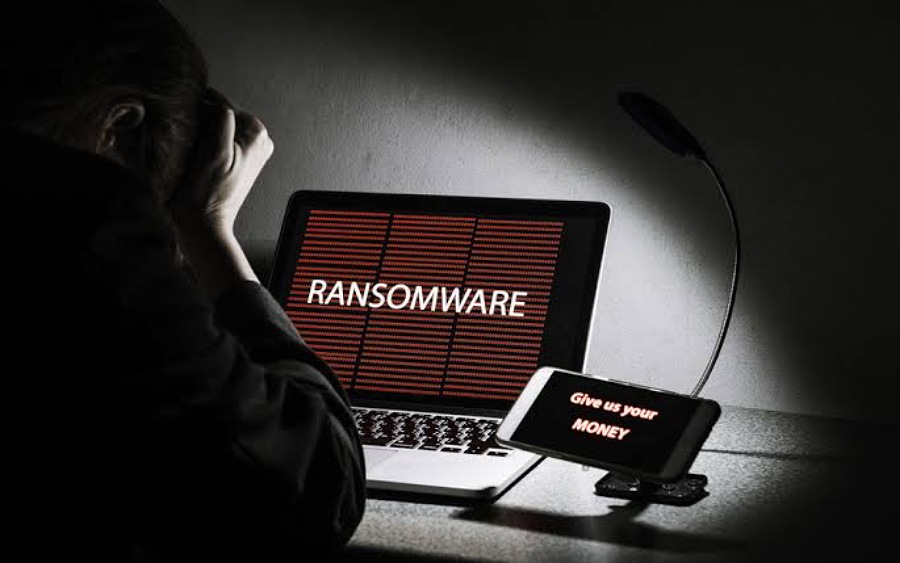Global cybersecurity firm, Sophos, has said that 71 per cent of Nigerian businesses it surveyed were hit with ransomware in 2021, up from 22 per cent in 2020. The company disclosed this in its ‘State of Ransomware 2022’ report.
The report also reveals that a total of $706,452 was paid as ransom to the cybercriminals by Nigerian businesses in the year. The average cost of rectifying cyber-attack in the country also went up from $0.46 million in 2020 to $3.43 million in 2021.
According to the report Forty-four per cent of the organisations that had data encrypted paid the ransom to get their data back, even when they had other means of data recovery, such as backups.
The report summarises the impact of ransomware on 5,600 mid-sized organizations in 31 countries across Europe, the Americas, Asia-Pacific and Central Asia, the Middle East, and Africa.
What Sophos is saying
Commenting on the report which was a product of a survey conducted by the company, Principal Research Scientist at Sophos, Chester Wisniewski, said: “The survey shows that, globally, the proportion of victims paying the ransom continues to increase, even when they may have other options available,”
“There could be several reasons for this, including incomplete backups or the desire to prevent stolen data from appearing on a public leak site. In the aftermath of a ransomware attack there is often intense pressure to get back up and running as soon as possible. Restoring encrypted data using backups can be a difficult and time-consuming process, so it can be tempting to think that paying a ransom for a decryption key is a faster option.
“It’s also an option fraught with risk. Organisations don’t know what the attackers might have done, such as adding backdoors, copying passwords and more. If organizations don’t thoroughly clean up the recovered data, they’ll end up with all that potentially toxic material in their network and potentially exposed to a repeat attack.”
“The findings suggest we may have reached a peak in the evolutionary journey of ransomware, where attackers’ greed for ever higher ransom payments is colliding head on with a hardening of the cyber insurance market as insurers increasingly seek to reduce their ransomware risk and exposure.”
What you should know
- Ransomware is malware that employs encryption to hold a victim’s information at ransom. A user or organization’s critical data is encrypted so that they cannot access files, databases, or applications. A ransom is then demanded to provide access.
- Ransomware is often designed to spread across a network and target database and file servers and can thus quickly paralyse an entire organization.
- It is a growing threat, generating billions of dollars in payments to cybercriminals and inflicting significant damage and expenses for businesses and governmental organizations.


























